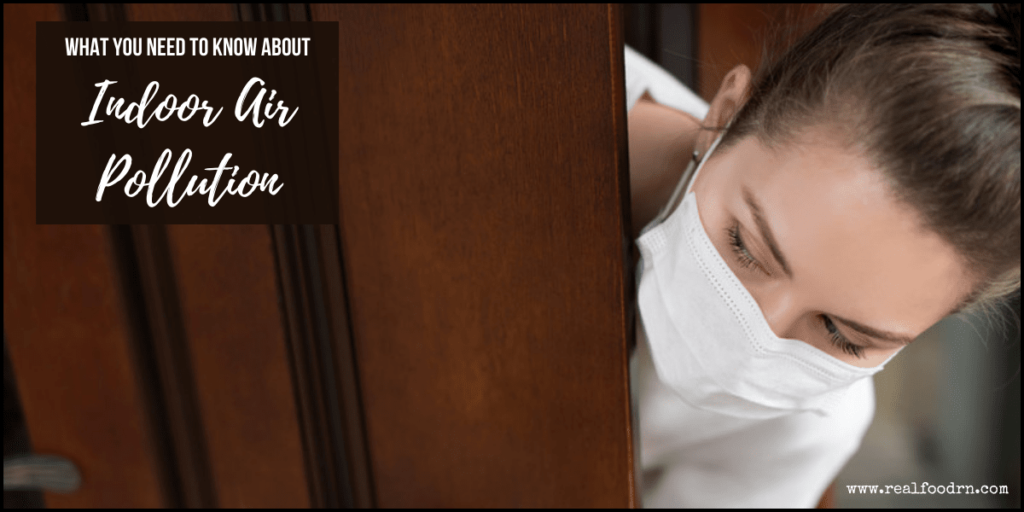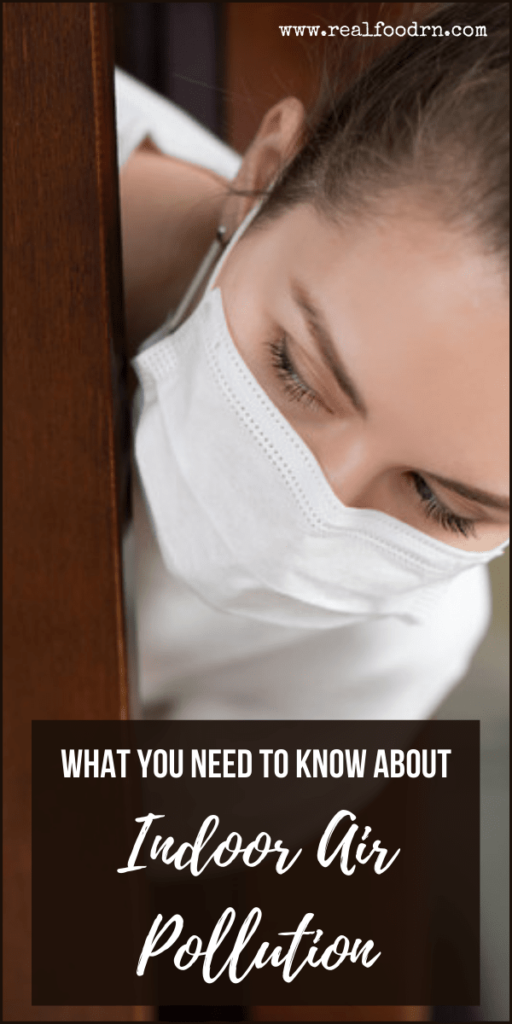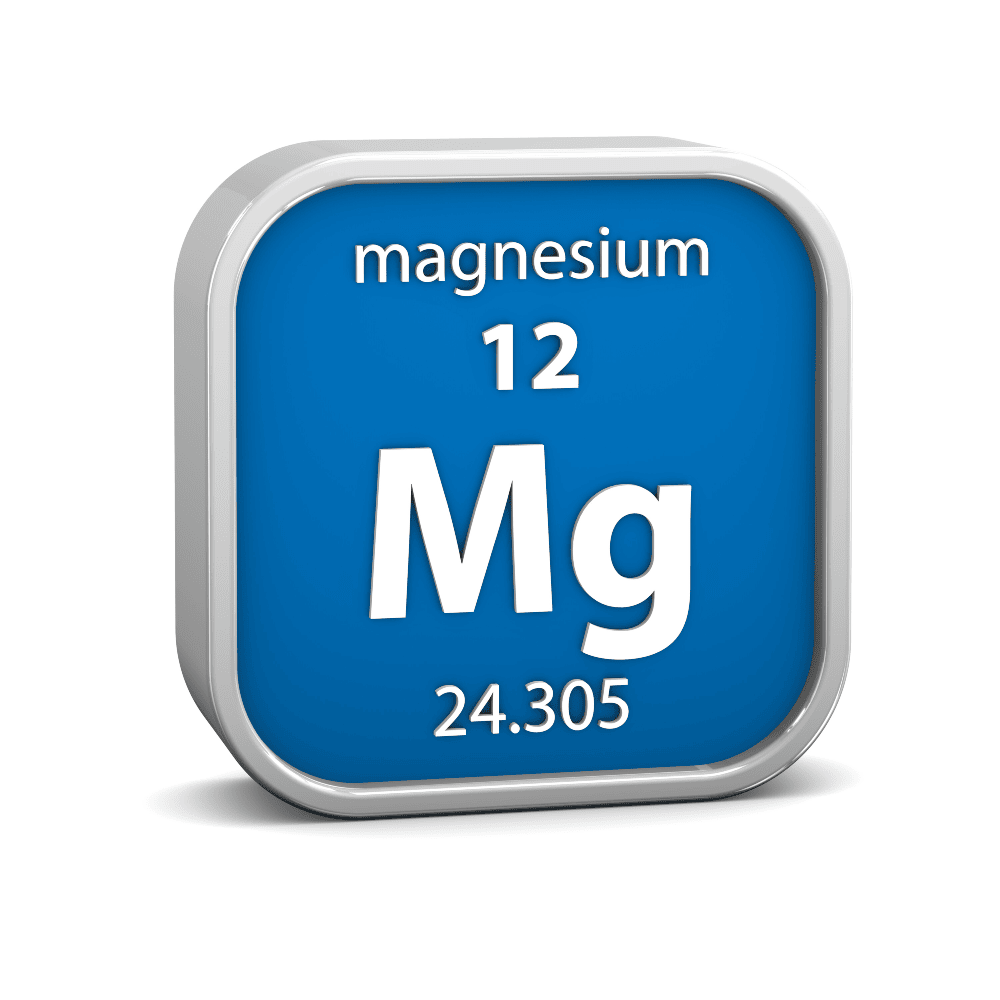
Indoor air pollution isn’t something we routinely think about. As a matter of fact, people tend to be more concerned with the impact of outdoor pollution caused by car emissions, industry, wildfires, and other toxins. Most people think of their home as a safe haven from smoke and smog, but our homes may be more toxic than we think.
People spend a great deal of time indoors, most of that time is spent at home. Looking around, it’s hard to believe the spaces we feel the safest could be potentially toxic to our health. After all, most people think about diet and exercise when considering their health. They are conscientious about what they eat and moving their bodies, but they generally aren’t thinking about the air quality in their homes.
Air quality is an essential factor for you and your family’s well-being. Many issues that stem from poor indoor air quality might be written off as allergies or caused by something outside when the culprit is actually inside our homes.
What Are the Sources of Indoor Air Pollution?
There is a wide range of toxins inside our homes. You’d be amazed to learn that our bodies are being bombarded by pollutants found in building materials, furnishings, cleaning products, and many of the personal touches that make our houses comfortable. According to the Environmental Protection Agency, most homes have many more than one source of pollutants contributing to indoor air pollution. Some common pollutants include:
- Gasses from building materials
- Fumes from home furnishings
- Chemicals from household Cleaners
- Dander and hair from pets
- Trapped toxins due to poor ventilation
- Tobacco and other smoke
Building materials emit gases that pollute the air inside our homes. If your home is older, it may contain hazardous materials like asbestos or lead paint, which are known to cause long-term illnesses and create a toxic environment.
Home furnishings, window treatments, and other things that make our homes cozy and unique can contribute to toxic air quality levels. The materials used to create our couches, blinds, and other furnishings emit volatile organic compounds or VOCs. That means that the materials are giving off vapors that can affect the air quality in our homes.
Household cleaners are often very toxic. It’s funny how the products that are designed to clean and disinfect our homes can actually make us sick. Thankfully, more and more companies are creating non-toxic cleaners that make cleaning safer without sacrificing their effectiveness. I make my own all-natural cleaners. You can see all my go-to DIY cleaner recipes HERE.
Our pets are beloved family members, but their hair, dander, and odors can cause harm. Some pets shed, some may host fleas and other bugs, and who knows what might be tracked in on their paws after being outside. Being allergic to your pet could be far more than an allergy to animals; it could be a reaction to how they pollute the air.
Did you know your home could be too secure? Newer homes are amazingly energy efficient. That’s great for our electric bill, but it isn’t great for ventilation. Inadequate ventilation can be a chief contributor to toxic air in our homes.
Personal habits can affect the quality of our air. Activities like smoking, drug use, and using other toxic chemicals linger in the air. This can affect our indoor air quality and make it toxic. Though one smoking incident won’t necessarily affect your health, repeated usage of tobacco or other combustibles can create indoor air pollution.
It’s overwhelming to consider how many ways the quality of our indoor air can be polluted. Some things we have no control over, while others we can make a positive impact on. It’s important to tackle our indoor air pollution and make certain the air we breathe in our homes is as safe as possible. Awareness is the first step. Merely recognizing the sources of toxins goes a long way to reduce and eliminate as many as possible.
It’s one thing to know that there are toxins mingling in your indoor air space and another to recognize if they are impacting you and your family. How do you know if your environment is making you sick? Many of the symptoms associated with breathing toxins look like allergies or a common cold. Sadly, chronic exposure to polluted air inside your home can lead to a lot of health issues.
What Are the Symptoms of Indoor Air Pollution?
There are many irritants in our homes that cause toxic and polluted air. The variety of pollutants can manifest in our bodies in many ways, some mild and some severe. Long term exposure can lead to chronic issues that could be misdiagnosed because the root cause may not be obvious. Some typical symptoms associated with polluted indoor air quality are-
- Breathing issues, including shortness of breath
- Headaches and nausea
- Sinus congestion
- Chronic cough
- Itchy skin, eyes, and/or throat
- Fatigue
- Depression
Shortness of breath is to be expected when you are exerting yourself in strenuous exercise. You shouldn’t feel short of breath lying in bed or being idle at home. If you find that you have respiratory distress at home, toxins could be playing a part.
Many people suffer from chronic headaches, including migraines. Knowing what triggers your headaches can help. Certain foods, smells, and other factors that can contribute to headaches, but toxins in the home are chief causes of chronic headaches.
Sinus congestion is no fun. It can be painful and make food taste bland. Not to mention, being unable to breathe well is draining. Feeling stuffy at home? There’s a good chance your body is reacting to pollution in your indoor air. Note: a neti pot will really help with sinus congestion in the mean time.
Chronic coughing is a sign that your throat is irritated, especially when you don’t have a common cold. Dust particles and other toxins can cause inflammation and irritation. With so many ways for gasses, particles, and other pollutants to be inhaled, it’s no wonder our throats are tight, itchy, and irritated.
Similarly, irritation can cause chronic cough, causing itchy and uncomfortable eyes and skin. Many people suffer from dry eyes and skin ailments caused by polluted indoor air.
Being overrun by toxins can be draining. Suffering daily with itchy skin, sinus congestion, and disrupted breathing takes its toll. Over time fatigue sets in, and though you may be getting enough sleep, you may not be getting enough rest.
Ultimately, our mental health can be affected by toxins. Feeling poorly for long periods of time is overwhelming. Not having enough energy can cause depression. Walking through life, feeling sick, or symptomatic is hard.
Our bodies are meant to rid themselves of toxins. When we are overwhelmed by indoor air pollution, our bodies simply can’t keep up with the daily healing needed to cleanse our systems. Over time, chronic exposure to toxins can magnify the symptoms and trigger long-term illnesses.
Short-Term Symptoms Can Result in Long-term Health Problems
Many of the symptoms that come from polluted indoor air are temporary when appropriately treated. If left untreated, they can manifest in long term health problems that could become debilitating or worse. It’s not uncommon for long term exposure to pollutants to cause
- Respiratory disease
- Hearth disease
- Cancer
Many health issues triggered by polluted indoor air go hand in hand. You may simultaneously experience multiple symptoms, which can lead you to believe you have a virus or, worse, a chronic disease. It can be confusing to know if your symptoms are organic or caused by toxins. A key is paying attention to the frequency and intensity of your symptoms when you are home. If you notice your symptoms ease when you leave the house, that’s a good indicator that you or your loved one is being bombarded by toxins that are causing them to feel poorly.
How to Reduce or Eliminate Indoor Air Pollution
Thankfully, clearing up toxins in your home is easier than you might think. Once you’ve considered all the ways your home can be polluted, it gets you thinking about what you can do to eliminate as many toxins as possible. There is a lot you can do on your own to reduce the toxins in your home and make your air less polluted. Consider some of these ideas:
- Change air filters in your home once time per month
- Reduce and minimize clutter
- Empty your trash bin regularly
- Install a carbon monoxide monitor
- Leave your shoes at the door
- Reduce the use of scented candles and air fresheners
- Eliminate carpeting if possible
One of the fastest and easiest ways to reduce or eliminate toxins is to purify your air. Our family breathes easier because we’ve discovered the AirDoctor air purifier. It has made a significant and noticeable impact on the quality of air in our home. I am happy to report we have seen a significant reduction of irritation and other symptoms since we began using this air purifier. My son has a dust mite allergy and his symptoms have greatly reduced since we put an AirDoctor in our bedrooms! If you want to get an AirDoctor Pro HERE is a link for 15% off.
There are definitely less expensive air purifiers that you can buy, but you really pay for quality! In my research (and asking all my crunchy mama friends), the AirDoctor is the Cadillac of air purifiers, so that’s the one we went with.
What sets the AirDoctor purifier apart from other purifiers is pretty remarkable. First off, compared to other systems, it offers superior filtration. The system has three filters that trap particles and gasses, including pet hair, dust, spores, and volatile organic compounds. The system is sealed, which means it won’t leak air or any of the pollutants. This helps me feel safer knowing that the AirDoctor is trapping and filtering every type of pollutant potentially hazardous to our family.
I appreciate that the system alerts me when I need to change the filters, plus it has an auto mode that takes the guesswork out of how and when to use the system. It even monitors the air quality in our home, so I can clearly see how healthy our indoor air is at any given time.
Over time, I’ve learned what steps I can take to minimize the pollutants in our home and I do my best to keep our environment neat, tidy, and free from clutter, but it makes a huge difference having a professional-grade air purifier helping keep our air clean and safe.
The toxins in our homes can cause harm if left unchecked. It’s important to consider what might be contributing to the toxicity in your home and what you can do to reduced and eliminate the risks for health issues. It’s easier than you might think to rid your home of indoor air pollution and keep your family safe and healthy.
CLICK HERE to Pin this Post









